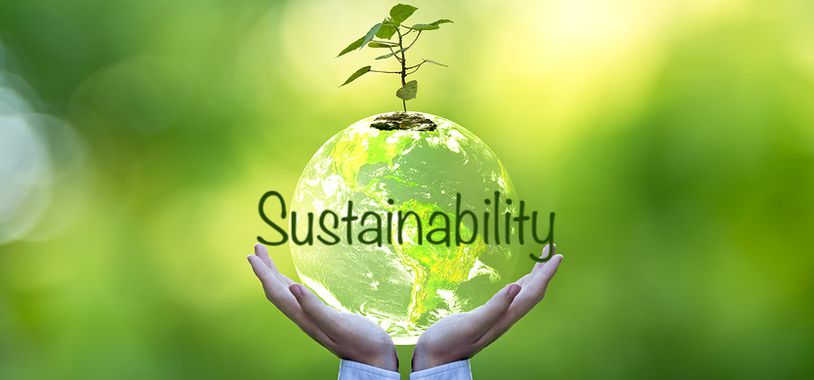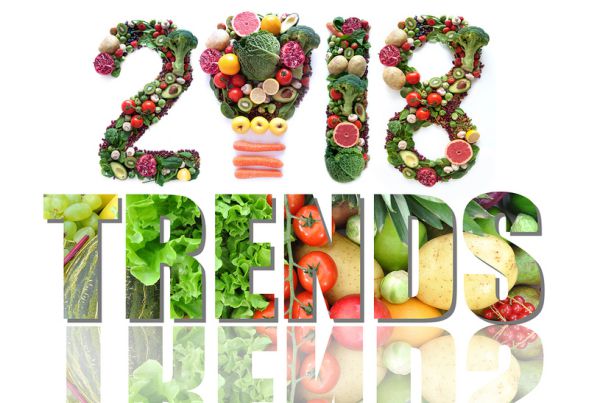Flexible film packaging is still trending up and shows no indication of slowing down. That aligns with the needs of food manufacturers and every other link in the supply chain. In 2018 and beyond, expect to see and use more of it.
Innovation lets food manufacturers meet current goals and set new ones that they could not have imagined a few years ago. Interactive packaging, as one example, turns flexible films into access points for important product data. Nanotechnology helps flexible materials provide better protection against transfer and spoilage.
What is on tap for 2018? Plenty. Expect to see more of the flexible packaging that you rely on, new innovations that make it smarter, and greater strides toward sustainability goals.
Interactive Packaging Responds to Users and the Environment
The more the user knows about a product, the better. In a recent packaging study by Mintel, researchers learned that about half of Americans like the idea of scanning a package to learn more. Interactive packaging provides access to more information than space on a label could allow. It also responds to its surroundings and might have the ability to adjust.
Here is what Consumer Goods says is possible now and will only become more important in the future:
- Sensors that log real-time product data
- Scannable packaging with updatable, cloud-based information such as allergens, preparation tips, and product freshness
- Films and film laminates that interact with users and the environment
The Third International Conference on Food & Beverage Packaging, which takes place July 2018, posits that sensing technology is a necessary component of intelligent packaging.
Nanotechnology Helps Reduce the Likelihood of Spoilage
Food packaging has trended toward smaller, lighter, and stronger for the past several years. Nanotechnology helps take the industry a step further in size and also helps packaging offer better protection.
The Food & Beverage Packaging Conference has added nanotechnology to the 2018 lineup. Here are some of the high points:
- Improving strength and performance in a smaller and lighter package
- Adding silver or titanium dioxide nanoparticle antimicrobials as spoilage retardants
- Adding clay nanoparticles to improve barrier film resistance to oxygen, carbon dioxide, and moisture
Food Manufacturers Increasingly Adopt Lightweight, Flexible Packaging
In 2013, Food Processing said, “processors can’t get enough flexible packaging . . .” In 2015, the Flexible Packaging Association reported over $30 billion in sales for the previous year, which amounted to nearly 20 percent of the packaging market.
Here is where flexible packaging is headed now, according to a recent Smithers Pira report:
- Total flexible packaging market penetration of $230 billion in 2017.
- Annual projected growth of 4.5 percent, up to $283 billion by 2022.
Sustainability Means Less Packaging, Less Waste, and Fewer Carbon Emissions
Ask ten people for their definition of “sustainability,” and you will probably get ten answers. The thing is, they all have the same core: reducing reliance on raw materials, reducing waste and carbon emissions, and maintaining balance or improving current conditions.
In packaging, sustainability springs from environmental awareness. At CDF Corporation, innovation makes it possible. That was true in 1971 with the advent of drum liners that enabled steel drum reuse, and it is true today with the myriad flexible film packaging options.
CDF Green reflects our corporate social responsibility to make every flexible and semi-flexible packaging system that we produce sustainable and in harmony with the environment.
The coming year promises to improve on everything that you already love about flexible film packaging, from smaller dimensions and improved strength to reduced product waste. With nanotechnology and trackable product data, the next decade in flexible packaging could change everything once again.
If you are ready to learn more about flexible materials, CDF Corporation is ready to help. Download our corporate brochure today.



